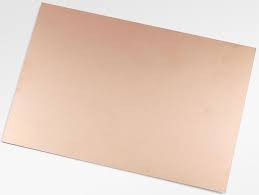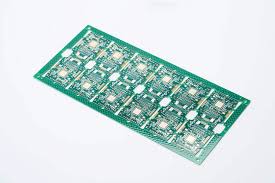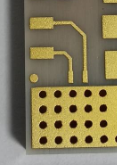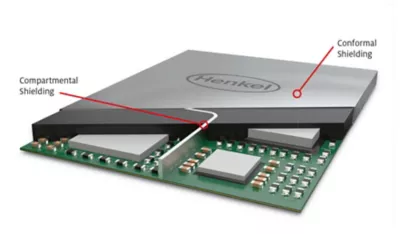bare board
1.What is bare board?
Bare board, commonly known as printed circuit board (PCB), is one of the basic components of electronic devices. It plays a vital role in modern electronic devices. The definition of bare board can be simply summarized as a circuit board without any electronic components, whose main function is to provide mechanical support and electrical connection for electronic components. By etching conductive paths on insulating substrates, bare boards can realize complex circuit designs, thereby supporting the normal operation of various electronic devices.

2.What materials are there in a bare board?
he materials used to make bare boards usually include glass fiber reinforced epoxy resin, phenolic resin, etc. These materials not only have good insulation properties, but also provide sufficient mechanical strength to withstand the weight of electronic components and the influence of the external environment. The surface of the bare board is usually covered with a layer of copper foil, and a predetermined circuit pattern is formed by chemical etching or mechanical processing. These patterns determine the electrical connection between electronic components, thereby affecting the function and performance of the entire circuit.
3.Bare board production process
the manufacturing process of bare boards involves multiple steps. Usually, manufacturers will choose a suitable substrate, such as glass fiber reinforced epoxy resin, and then coat a layer of copper foil on its surface.
Next, through photolithography and etching processes, the designed circuit pattern is transferred to the copper foil to form a conductive path. These conductive paths will connect various electronic components in the future, such as resistors, capacitors, and integrated circuits.
In this way, the bare board not only provides physical support, but also ensures the effective transmission of electrical signals between different components.

4.The application of bare board
the application range of bare boards in electronic devices is extremely wide. Whether it is a simple household appliance or a complex computer system, bare boards are an indispensable component. In household appliances, bare boards are used to control power supply, signal transmission and device operation. For example, devices such as televisions, washing machines and microwave ovens contain multiple bare boards inside to achieve their respective functions. In computer systems, bare boards are one of the core components. Key components such as motherboards, graphics cards, and sound cards all rely on bare boards to process and transmit data.
In addition, bare boards also have important applications in industrial and medical equipment. In industrial automation equipment, bare boards are used to control mechanical movement, monitor sensor data, and perform complex computing tasks. In medical equipment, bare boards are used to support functions such as vital sign monitoring, image processing, and data recording. Through high-precision circuit design and manufacturing processes, bare boards can meet the strict requirements of these devices for reliability and stability.
In short, as the basic component of electronic equipment, the importance of bare boards is self-evident. By providing mechanical support and electrical connections, bare boards not only ensure the normal operation of electronic components, but also provide the possibility for the realization of various complex circuits. With the continuous advancement of science and technology, the design and manufacturing technology of bare boards are also constantly improving, bringing new breakthroughs to the performance and functions of electronic equipment. Whether in daily life or in the industrial and medical fields, bare boards play an irreplaceable role and promote the development of modern science and technology.






